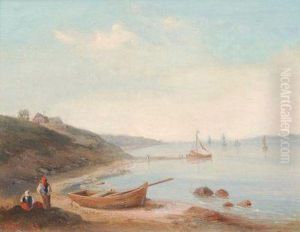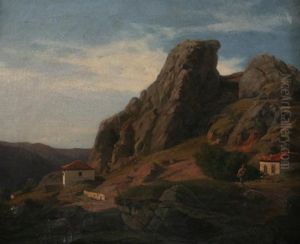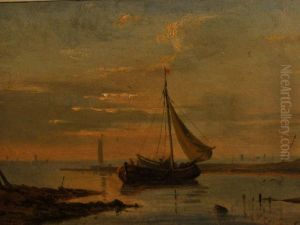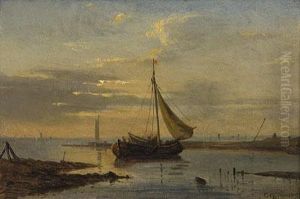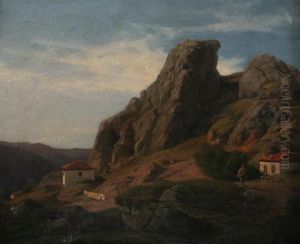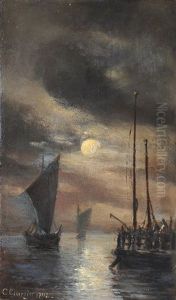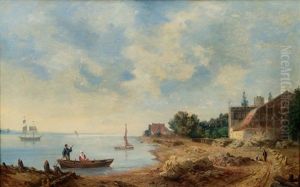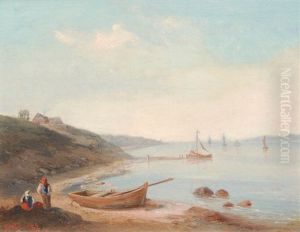Cornelius Gurlitt Paintings
Cornelius Gurlitt was a German art historian, art collector, and music composer, not to be confused with his namesake grandson who was involved in a famous art restitution case. Born on February 10, 1850, in Altona, which at the time was under Danish rule and is now a part of Hamburg, Germany, Gurlitt became known for his contributions to the field of art history and his work in the preservation and cataloging of art.
Gurlitt initially pursued a career in music and was recognized as a talented composer. However, his interests expanded beyond music, and he became increasingly involved in the study and collection of art. He was a prominent figure in the cultural life of Dresden, where he worked as a critic and scholar. Gurlitt's contributions to art history were significant, particularly in his research on the Baroque period and the architecture of Dresden. He published extensively on the subject, and his scholarly work helped to document and analyze the artistic heritage of Germany during a period of rapid industrialization and modernization.
Throughout his life, Gurlitt amassed a substantial collection of artwork, including pieces by old masters as well as contemporary artists of his time. His collection was largely kept private, and it wasn't until after the death of his grandson, Hildebrand Gurlitt, that the vast array of artworks became a subject of international attention. Hildebrand had been an art dealer during the Nazi era, and the discovery of his collection, which included works that had been looted or forcibly sold by Jewish families during World War II, led to a major investigation and restitution efforts.
Cornelius Gurlitt's legacy as an art historian is overshadowed by the controversy surrounding his grandson's collection, but his contributions to the field of art history and his efforts in documenting and preserving art are still recognized by scholars. He died on March 17, 1938, in Dresden, leaving behind a complex legacy that intertwines cultural enrichment with the darker aspects of European history.
